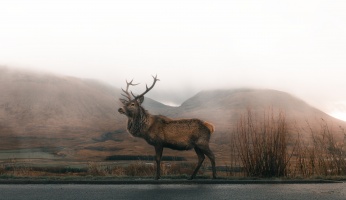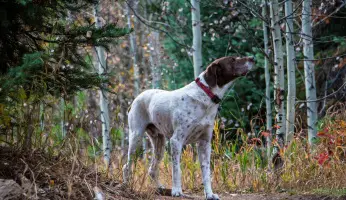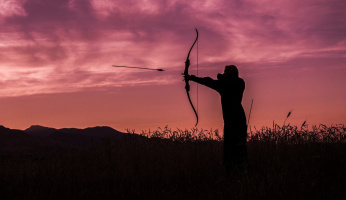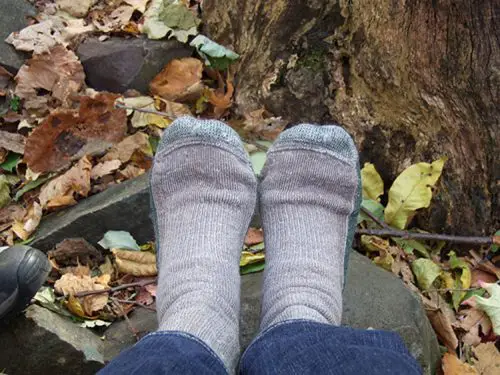Everything You Wanted to Know About Coon Hunting
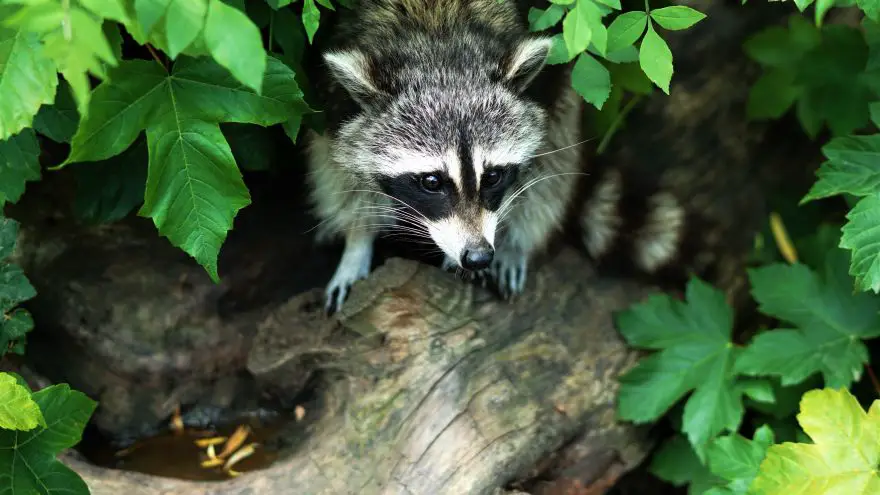 Everything You Wanted to Know About Coon Hunting
thegearhunt.com
Everything You Wanted to Know About Coon Hunting
thegearhunt.com
The humble raccoon happens to be one of North America’s most iconic critters. It features a bandit style mask that makes one think of bank robbers from yesteryear coupled with a striped tail that is reminiscent of a prison uniform. Both of these features combined make this little animal look like trouble on four legs.
If you have ever had to tangle with one of these critters when you found them on your property, you will know just how much these little guys can live up to their looks. People who have taken a fancy to hunting the critter often run into numerous issues on the way. These animals might be small, but they are quite clever, so if you want to hunt them, you’ll need all the help you can possibly get.
There are a few tips for hunting raccoons that you might want to keep in mind while you are chasing down your local ringtails. Having an understanding of your prey and making sure that you are equipped with all of the right gear can mean that you will have a better chance of bagging one.
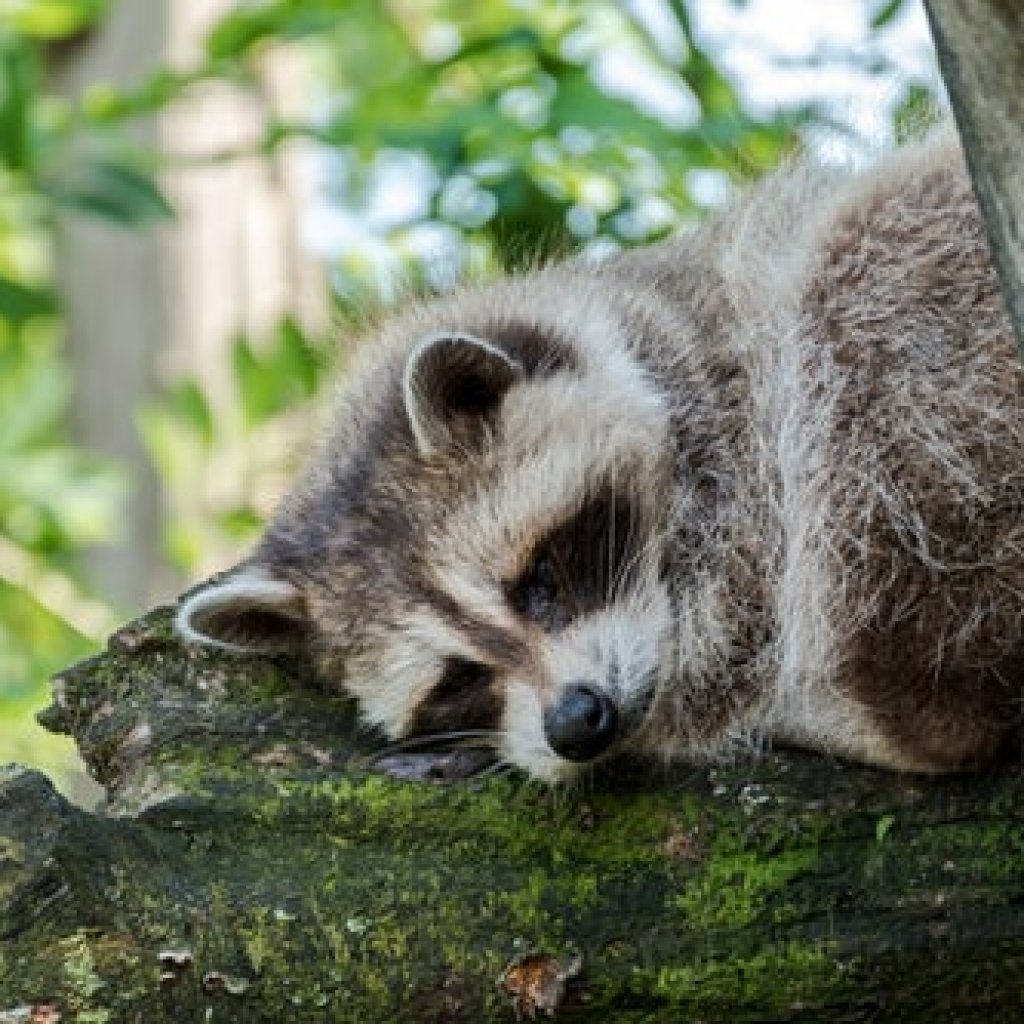
Choosing the Best Gear for Hunting Ringtails
You can always get by without having all of the best and latest hunting gizmos and gadgets, but you first need to understand that investing in a few critical pieces of equipment can increase your chances of being successful when hunting for raccoons.
To that end, here is a quick list of the best hunting gear for hunting raccoons.
Night Hunting Lights
Unless you have been gifted with the power of night vision, you’ll need to start with purchasing a quality light. Raccoons are critters that are nocturnal, and in order to safely navigate the woods after dark and to be able to get your shot off accurately, you will need a powerful source of light.
The LED-powered headlamps by Cree are energy efficient, powerful, and lightweight. They completely eliminate the necessity of carrying an awkward and heavy battery around in your hunting pack.
You might also want to think about getting a gun mounted LED light, such as the Streamlight 69260. This can be critical when you are searching those high tree branches for that elusive raccoon.
Boot Waders
You will also need a good, sturdy pair of high rubber boots. Boots that are equipped with integral waders are the best because coons in distress will take you right through the worst terrain they can find in the woods.
Waterproof hunting waders such as Bogs Classic High Boot are your best bet when it comes to keeping your feet dry while you are crossing all of those brier patches, creeks, and bogs.
Coon Squall Call
A good squaller call for raccoon is a great accessory that is affordable, and every serious coon hunter should have one. Calls such as the Flextone can be had for under $20. These calls assist by agitating and rousing the coons from their comfy little dens, which then gives your dog the chance to track them and then tree them for you.
You might also want to get a mouse squeaker as well as a bird distress call. Both of these can draw out coons that have gone to ground.
Additionally, there are quite a few new electronic calls that come with preloaded distress calls from raccoons. They can be quite beneficial to anyone hunting for this little animal while also being helpful on your hunts for other game.
GPS
There are basically two critical reasons for you to invest in one of these tracking devices.
The first one is that when you combine a GPS tracking device with a tracking collar, the device will allow you to find your hunting dogs when they run too far afield. Just use the GPS to locate them and make sure that you steer them clear of areas that can be potentially dangerous.
The second reason is that a device of this nature can show you the quickest and easiest route back to your truck once you have bagged your limit of raccoons.
Electronic Dog Trainer
A training collar for your hunting dogs such as the Garmin Delta training collar can be essential when it comes to being able to both train your animal and control his behavior while you are in the field. This collar uses something called Tri-Tronics technology and comes with a handheld control unit that features 3 buttons.
The collar utilizes vibrations, tones, and momentary stimulation in order to correct the behavior of the dog. Different dogs will respond better to different stimuli, so you might want to experiment with it a bit. An alternative option is to look into any sort of dog training class at your local hunter’s club.
Hunting Knife and Multi-Tool
One essential piece of equipment when it comes to hunting for coon in the dark is a small hunting knife. Try to find a multi-tool or hunting knife where the actual knife is the primary feature.
You will need this knife once you have harvested the critter, and a good multi-tool for hunting is always a good thing to have on hand while you are in the field and have to make any sort of emergency repairs to any of your equipment. You can keep one in your day pack and another one in your truck and that should keep you covered for most any situation.
Other Tips for Hunting Raccoons
Where to Look
Many of today’s renters and homeowners find that the raccoon is a constant source of annoyance. Once they have decided that your neighborhood or home is a good place to find food, they just keep coming back. Unlike other pests, raccoons have small, deft hands and the ability to solve problems. Unlike wild boar, they are able to outsmart many types of live traps. People have hunted these savvy animals for many years.
Raccoons tend to be common in many rural areas, but they will also make themselves at home in suburban or urban areas too. They are smart and opportunistic, so they are able to live nearly anywhere except for deserts and warmer climates where you might find other critters such as coyote.
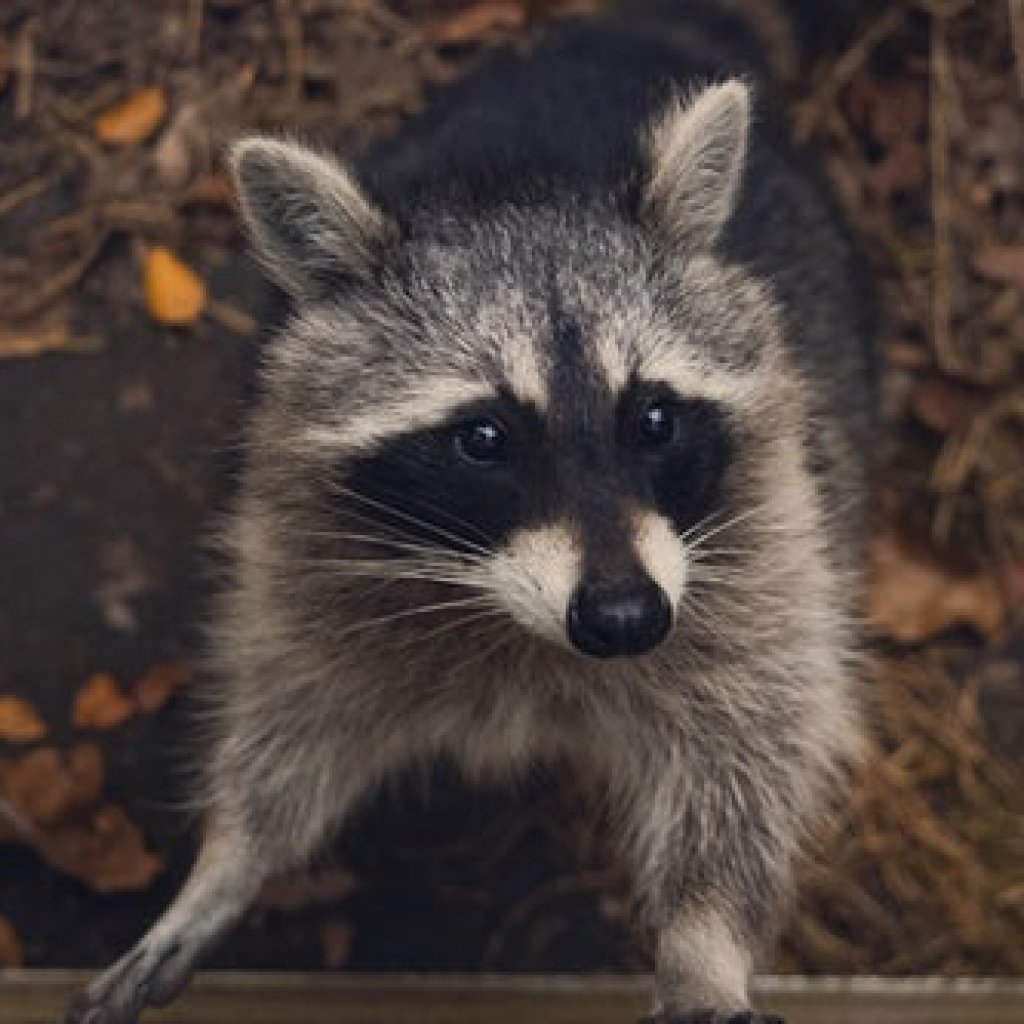
Never Underestimate the Critter
It only takes one raccoon to kill an entire flock of birds quicker than you can imagine. They just set up shop in a tree that is tall or even in your attic. They can cause loud noise during their mating season as well as mayhem in general regardless of the season. Small farm animals, pets, gardens, and trash bins could easily end up in danger due to a raccoon being on your property.
Yes, the raccoon is not a large creature, but it is just as large as it needs to be in order to cause a world of trouble. They can weigh as much as 20 pounds and including their tail, can measure as long as 55 inches. Their overall stature is diminutive and that makes it possible for them to get into all kinds of inconvenient areas, and their dexterous little fingers work amazingly well at prying open covers and ripping into containers.
The fact of the matter is that once a raccoon makes up his mind that your property has the things they need to be comfortable – a source of food and a safe place for them to live – that single raccoon will likely bring their mate, have a bunch of babies, and you could soon have a massive infestation to deal with.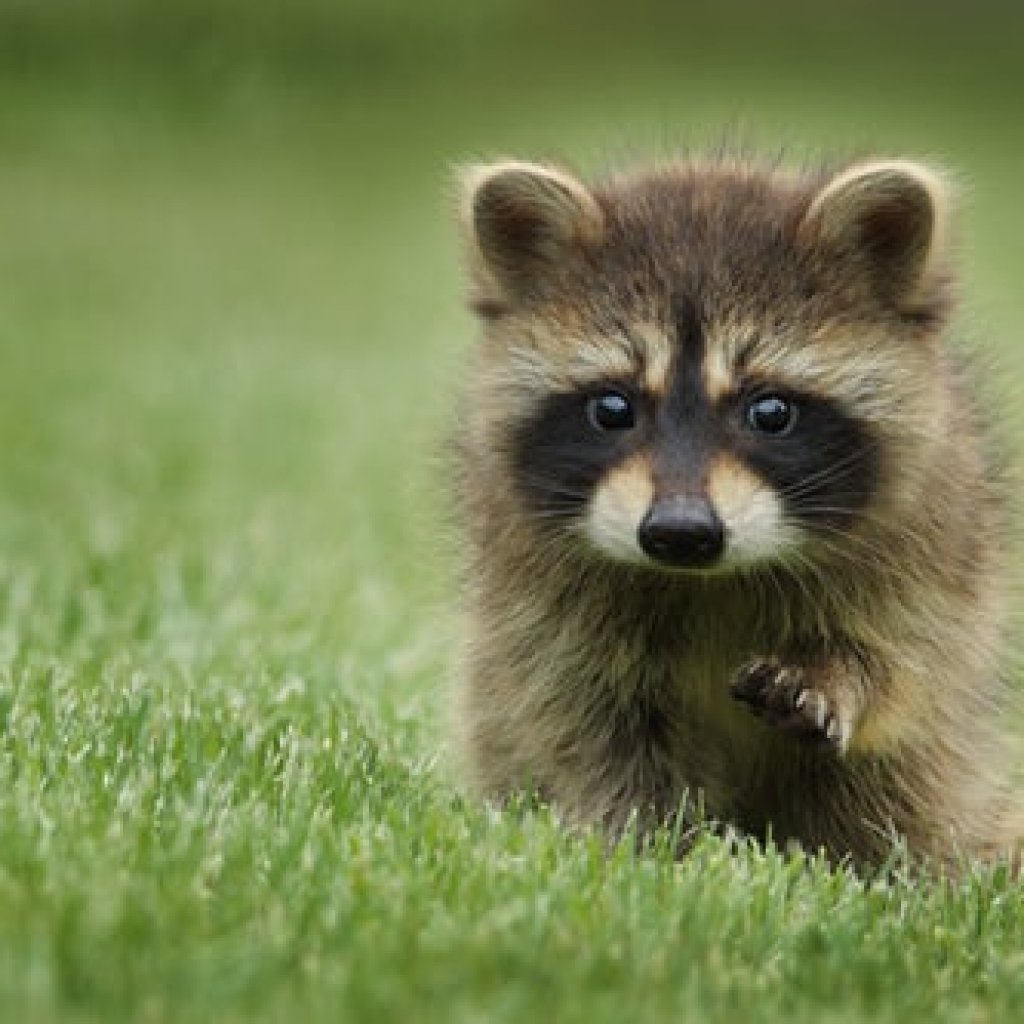
Where You Find One, You will Find More
An entire group of raccoons is known as a gaze. Together, it doesn’t take them long to cause a boatload of trouble. They are capable of, and often do, turn trash cans over, spreading the contents all over your yard and driveway. They can manipulate closures and latches on chicken coops and other buildings poultry are kept in and this can be fatal to your flock. They are also quite observant, and highly likely to just toddle their little selves right off into the darkness and into safety whenever you come into the area.
A single family of raccoons could include a pair of babies, the mother, and the father. Even when the raccoons are young, they are greatly skilled when it comes to climbing and getting themselves into trouble. Their parents teach them all that they have learned when it comes to manipulating everything on your property, from locations of compost piles and trash bins to any latches that can be opened.
For the typical homeowner, a gaze of raccoons can be a massive source for losing sleep and getting annoyed. When it comes to farmers, they can easily destroy gardens, devour any meat birds, and decimate laying flocks.
In some instances, farmers offer to pay any hunters in the area to come and get the pesky critters off their property. At other times, hunters might offer to hunt them for free if they can have access to hunting other game.
Hunt During Mating Season
If you are looking to snag a raccoon just toddling about in the open, a great time to look is during mating season. Mating season for raccoon begins in January and lasts for a few weeks, or even longer. This will depend on the population of the raccoon in the area. During mating season, they will be more apt to go out and explore looking for potential den sites and mates.
The male raccoon will go into rut during late January or early February. This is a great time to use those squaller calls we talked about earlier. These mimic the sound that fighting raccoon make. Any of the males in the area that hear it will come running in order to assert their dominance.
In Nesting Season, Look for Dens
After mating successfully, pregnant females will search for a place that is difficult to get to, dry, and warm. They can choose to hole up in all sorts of places, from inside hollow trees to haylofts, crawl spaces, and even in attics. You can also commonly find them nesting in chimneys. They will remain in their dens or nesting spots for months, even until the end of June. By that time, their young will be large enough to freely move around.
Signs of dens or nests nearby are things like minor damage to things like siding, fencing or roofing, raccoon bathroom sites or scat, and food scraps. If they manage to get inside your house, you might hear sounds like thumping as they toddle around during the evening and night.
Generally, you can use your calls to entice entire family groups to you. Purring and chittering calls will resemble the noises that juvenile raccoon make. That will draw the attention of youths and parents alike, which makes it possible for you to catch the whole family that is infesting your property in just a short time period.
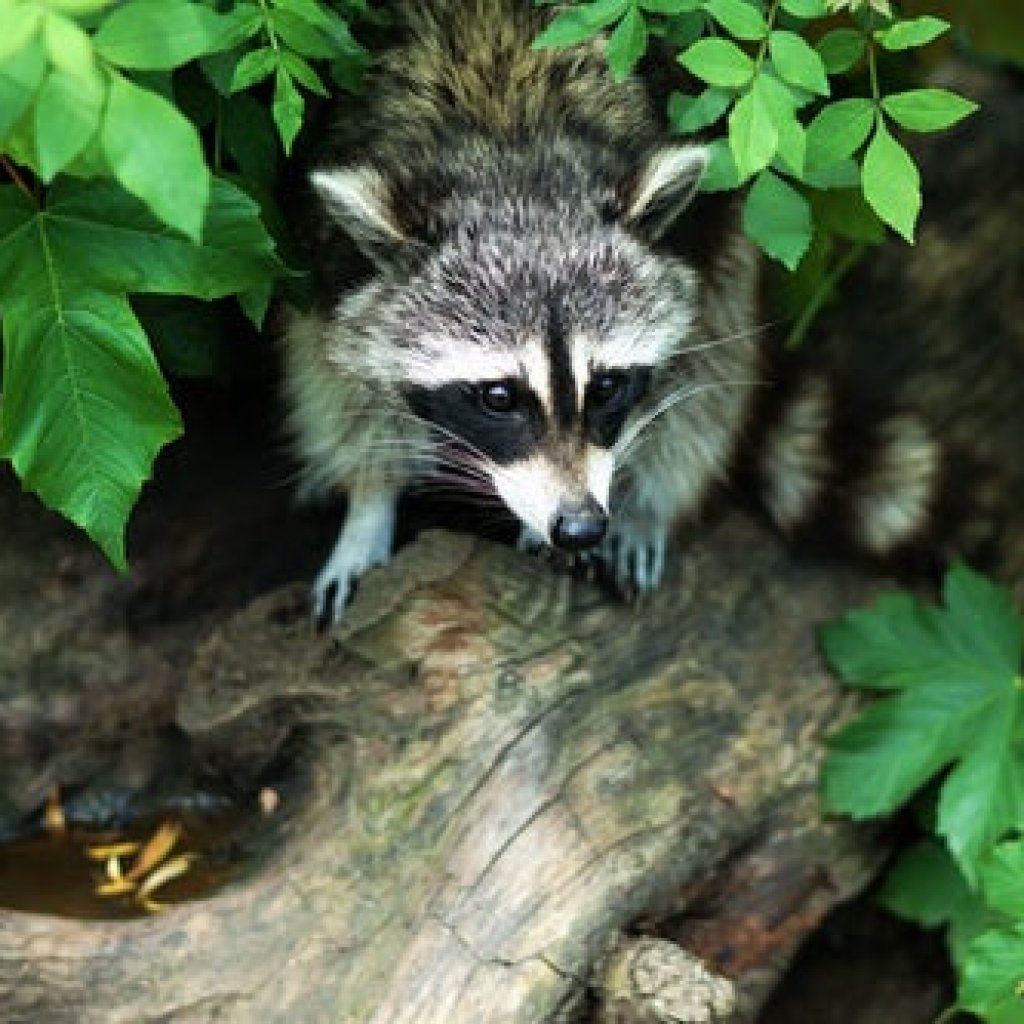
Think About Bait
Bait can be used in a couple of ways. You can place it right inside a live trap, which allows you to cleanly catch and kill the critter. You also might put the bait in an open area where you can monitor it until the coon shows up. Whichever method you use, you need to ensure that you are using the right type of bait so that your chances of catching the critter will be maximized.
Most of the old-timers will tell you to use something like wet cat food for bait. It features a strong scent and is sure to attract anything close by that is looking for an easy meal. That being said, coons are omnivores and will eat nearly anything that they can get their tiny little paws on, including garbage.
People have also reported having good luck with things like marshmallows and hard-boiled eggs. You might also choose to wait at the nearest source of water.
Test All Traps
A lot of people use live traps to catch a raccoon. If you have the right bait, good placement, and patience, your chances will be good for getting at least one of these trash pandas. That being said, you need to be careful when you are choosing your trap because they are not all created equally.
Some of the medium-size live traps that are meant for critters like opossums and raccoon feature a wire mesh covering the back of it. Others might be made from wire that has been welded. If the welded wire has gaps of at least a half inch, the chances are good that you will lose your bait to a clever raccoon. Go for traps that feature reinforced or small gaps close to the pressure plate if you want to catch one of these clever critters.
Wrapping It Up
If you enjoy hunting these animals for sport, you will be more likely to locate them by offering to take them out on places like social media and local classifieds. There isn’t a dearth of these critters, and many people are tired of dealing with them and will jump at the opportunity to have them removed from their land. It might only take you a single hunt to find and kill one.
If the reason for you going after them is because they are infesting your land, you can’t expect to get rid of them overnight. Even if you do manage to find and kill one, there are likely to be more. You will have to continually monitor the land for any signs of raccoon activity. This can include things like disturbances to trash or birdhouses, food scraps, and scat.
Many people seem to view things like game cameras as tools that are only for things like deer, but they can also be helpful when it comes to infestations of raccoons. These cameras are typically activated by motion and record using night vision. They will be able to assist you when it comes to determining where the raccoon came from and just how many of them are on your land.
It is critical to keep in mind that new raccoon might move into vacant areas once you have removed the ones that were already inhabiting it. You will need to find whatever is attracting them to your land and take care of it so that they won’t keep migrating there. Also, keep in mind that just because you have now read an article regarding hunting the animal, that doesn’t necessarily mean that you will be successful when it comes to getting rid of the clever little trash pandas.
Setting out traps routinely, securing all of your trash containers, and regularly checking your outbuildings and home for any signs of incursions are good methods to deterring infestations of the critter. Although, when they do appear, and you know that they are there, you will now be able to put your new-found hunting knowledge to good use.
Sources
- YouTube, How to Hunt Raccoons
- Advanced Hunter, 3 Ways to go Coon Hunting Without Dogs
- Racoon in Attic, How to Hunt Raccoons
- Hunting Raccoon, How to Hunt Raccoon





